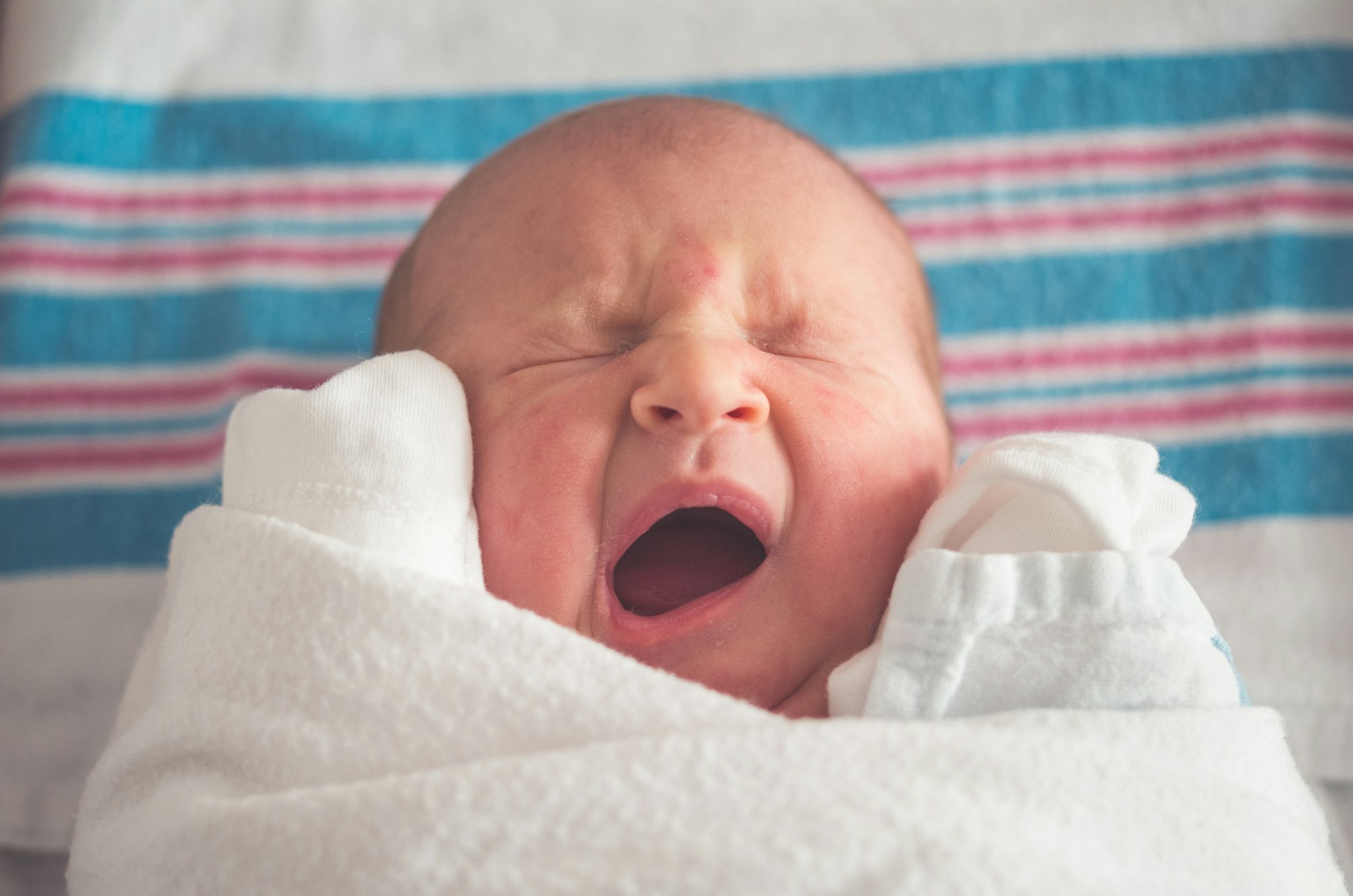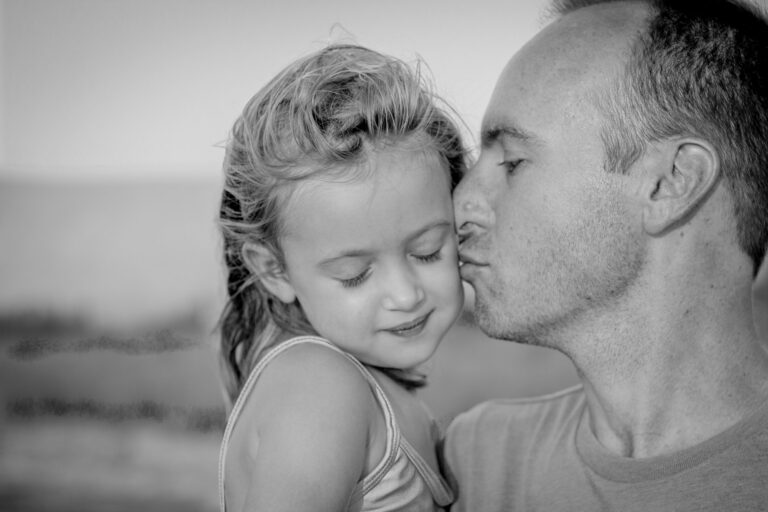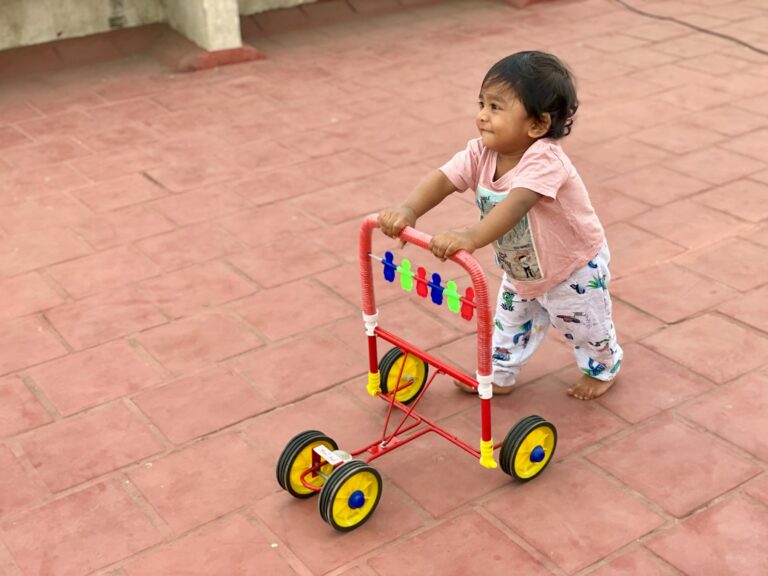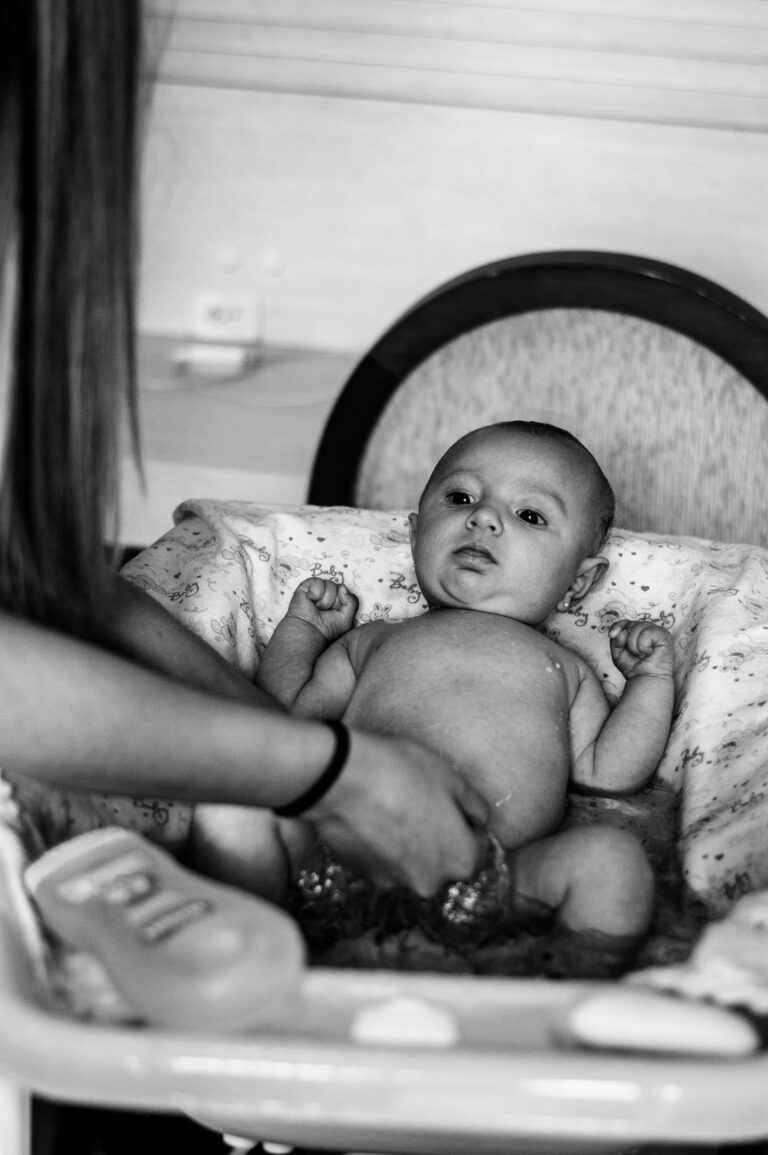Bringing a newborn into the world fills your days with joy and, inevitably, a fair measure of worry. Among those early concerns, noticing sticky eyelids, redness, or discharge in those tiny eyes can leave any parent feeling anxious. What is normal? When is it a sign of something more? Neonatal conjunctivitis—one of the most frequent eye problems in the first month—often sparks many questions and even more emotions. Is it dangerous? Can it affect vision? How fast should you act? With so much information swirling around, you may find yourself searching for clear, trustworthy guidance that makes sense for your family reality. Get ready for details that will help you understand how to spot, manage, and above all, protect your baby when it comes to neonatal conjunctivitis. From symptoms to safe cleaning techniques, scientific explanations on why newborn eyes are so sensitive, and what role hygiene really plays—each aspect has been explored to bring you clarity and peace of mind.
Understanding neonatal conjunctivitis in newborns
What does “neonatal conjunctivitis” really mean?
Neonatal conjunctivitis, sometimes called ophthalmia neonatorum, refers to inflammation of the eye’s delicate conjunctiva—the thin transparent tissue that lines the eyelids and covers the white of the eye—occurring within the first 28 days of a baby’s life. Why does this matter? This period is a window where those tiny eyes are adapting to the outside world but still lack many natural defenses. It’s not just about watery eyes or minor stickiness. Typical features include redness, eyelid swelling, and either watery, mucous, or pus-like discharge, sometimes so sticky the eyelids are sealed shut upon waking.
Why does early attention make a difference?
Here’s a detail that every parent wants to know: certain forms of neonatal conjunctivitis, especially gonococcal conjunctivitis (caused by a specific bacteria), can escalate rapidly, sometimes damaging the cornea—the clear front part of the eye—leading to ulcers and, if left unattended, permanent vision impairment. Other bacteria or viruses may cause slower but persistent symptoms. Early recognition and treatment often mean your baby is spared from discomfort and, more importantly, from threatening complications that can even involve the whole body. Timeliness is key.
How common is neonatal conjunctivitis?
Wondering if this is rare? Not at all. Globally, studies estimate that about 1–2% of babies develop neonatal conjunctivitis. The figure can fluctuate based on how rigorously hospitals and clinics perform maternal infection screening, and what preventive steps are in place. In many regions, Chlamydia trachomatis, a bacterial agent, is more frequent, while Neisseria gonorrhoeae, although particularly aggressive, is now less often seen thanks to protective measures.
What makes the newborn’s eye especially vulnerable?
The anatomy here tells a fascinating story: a newborn’s conjunctiva is thin and, while it holds some immune cells, lacks a protein named “secretory immunoglobulin A” that is usually present to defend against microbes. Plus, newborns produce fewer tears, which naturally help wash away germs and debris. Their tears also contain lower levels of bactericidal (bacteria-killing) enzymes. So compared to older children or adults, neonates are at higher risk for infections—minor exposures can quickly become problematic.
Causes of neonatal conjunctivitis
Infectious origins: bacteria and viruses
- Bacterial culprits dominate the scene. The heavyweights? Chlamydia trachomatis, often leading to mild or moderate symptoms that can linger, and Neisseria gonorrhoeae, known for rapid, severe presentations and high risk of eye damage. Lesser offenders include Staphylococcus aureus, Streptococcus pneumoniae, and Haemophilus influenzae—all names that might sound daunting but worth mentioning for clarity.
- Viral agents like herpes simplex virus (HSV) can also trigger neonatal conjunctivitis, sometimes causing eye redness along with vesicles or blisters around the eyelids. Adenoviruses may also be involved, though they are much less frequent in the first month of life.
Non-infectious triggers: chemicals and anatomy
A less-discussed cause? Chemical conjunctivitis. This is often seen after the use of silver nitrate drops or antibiotic ointments immediately after birth, intended to stop infection but sometimes irritating those tender eye tissues instead. Effects usually appear quickly—within hours of birth—and then resolve in the next day or two without much fuss.
What about blocked tear ducts? Newborns may have partial obstruction of the nasolacrimal duct, leading to chronic discharge, but with mild or negligible redness—an important distinction from infectious causes.
How does neonatal conjunctivitis spread?
Picture the journey: As a baby passes through the birth canal, if the mother carries certain bacteria or viruses—even without symptoms herself—these microbes can enter the baby’s eye, almost instantaneously. This is called vertical transmission. There’s also horizontal transmission—contact after birth with unclean hands, contaminated linen, or medical instruments can put a baby at risk. Maternal health before and during delivery, and hygiene in both clinic and home settings, fundamentally impact your baby’s eye safety.
How neonatal conjunctivitis unfolds
Infection and exposure: the chain of events
If you’re wondering how symptoms set in, the story usually begins with pathogens or irritating substances coming in direct contact with the newborn eye. The tiniest trauma during delivery—or just the presence of microbes—can quickly lead to an inflammatory response, as the eye’s immature immune system scrambles to react.
Why newborns are at enhanced risk
Why do these problems almost seem to “target” newborns? Their immune systems are still in start-up mode, lacking fully effective defenses. Tear production is minimal, and those tears have fewer protective proteins like lysozyme. Passage through an infected birth canal delivers a concentrated dose of pathogens, while even a minor scratch or irritation to the eye tissue creates an opening for bacteria or viruses to take root.
When do symptoms appear—and what drives timing?
- Chemical conjunctivitis: Usually clear within the first 6–24 hours.
- Gonococcal conjunctivitis: Dramatic and rapid onset—typically days 2–5.
- Chlamydial conjunctivitis: Slower, between days 5–14.
- Herpetic (HSV)/other viruses: Often within 7–14 days, sometimes with small blisters as a telling sign.
Recognising neonatal conjunctivitis: signs and signals
The first clue: what do you really see?
If you look into your baby’s eyes and find redness, swelling, and sticky discharge—sometimes so thick it takes several wipes to clear—it’s time to consider neonatal conjunctivitis. In very young babies, even subtle changes merit a closer look, as symptoms evolve quickly.
Typical findings by cause:
- Gonococcal: Profuse, yellow-green discharge with marked swelling; cornea at risk.
- Chlamydial: Milder to moderate, often watery or mucoid in nature.
- Chemical: Minor redness, mild swelling, typically less discharge.
- Herpetic/viral: Watery, sometimes blood-streaked discharge with vesicles on or near the eyelids.
Could it be something else?
Several conditions mimic neonatal conjunctivitis: a blocked tear duct (persistent tearing, minimal redness), dacryocystitis (infection of the tear sac), bacterial keratitis, preseptal cellulitis, or even rare trouble like congenital glaucoma or post-birth trauma. Clinical evaluation is needed to tease apart the possibilities.
Diagnosis: pinpointing the cause
The doctor’s process
When you bring your baby to the clinic, expect a detailed discussion: maternal health, pregnancy screening results, delivery (normal or cesarean?), and when symptoms first popped up. The examination covers both eyes, with close inspection for type and character of discharge, degree of redness, and swelling.
Laboratory investigations: getting specific answers
- Culture of eye discharge helps pinpoint bacteria.
- Gram stain quickly shows if bacteria are present.
- Nucleic acid amplification tests (NAATs) give fast, specific results for Chlamydia and Neisseria gonorrhoeae by detecting their genetic material.
- PCR (polymerase chain reaction) or viral cultures help identify herpes viruses.
With the results, treatment can be targeted and effective. Referrals to eye specialists are sometimes arranged if symptoms are severe, recovery is slow, or there are signs of vision problems.
Treatment and support: what parents can do
Gentle care at home—what actually helps
Caring for a newborn’s eyes can feel daunting. Start with hand hygiene: wash thoroughly before and after every eye cleaning. Use fresh, sterile cotton pads dampened with saline to wipe away discharge—never touch directly with bare fingers or use unclean cloth. Change towels, bedsheets, or anything that comes into contact with the eyes every day.
A common query—should you use eye drops or oils on your own? Absolutely avoid self-medicating. Only use medicines directly prescribed by your doctor.
Medical treatment—tailored by cause
- Gonococcal conjunctivitis: Needs hospitalisation, with IV or IM antibiotics like ceftriaxone, constant saline eye washes, and monitoring.
- Chlamydial conjunctivitis: The go-to is oral erythromycin for 14 days; local (topical) treatment alone just will not clear the infection. Watch for breathing difficulties, as chlamydia can also affect lungs.
- Other bacterial cases: Eye drops or ointments containing broad-spectrum antibiotics—often erythromycin—given on a doctor’s advice.
- Viral/HSV infection: Systemic antiviral therapy (IV acyclovir), sometimes accompanied by antiviral eye drops.
- Chemical conjunctivitis: Usually resolves without intervention; lubricating eye drops or saline help to keep the eye comfortable.
Monitor closely for swelling, worsening redness, increasing discharge, or general irritability. If these occur, don’t delay contacting your doctor.
What if neonatal conjunctivitis is untreated? Possible outcomes
Eye risks that cannot be ignored
Delay in treating neonatal conjunctivitis carries real dangers. Gonococcal infection in particular can destroy the cornea, causing blindness. Other bacteria or viruses may cause ongoing discomfort, scarring, or in severe cases, systemic problems like pneumonia, sepsis, or meningitis.
Long-term prospects
With prompt and correct care, most infants recover fully with no impact on eyesight. In more severe or neglected cases, children might need continued eye monitoring or even specialist interventions. Timely follow-up appointments form a safety net for your baby’s future vision.
Prevention: practical steps to protect your newborn
Maternal health and pregnancy screening
Care truly begins before birth. Screening pregnant women for sexually transmitted infections—especially chlamydia and gonorrhoea—means infections can be treated, dramatically reducing the newborn’s risk. These simple medical steps have changed the landscape of neonatal conjunctivitis globally.
Eye protection at birth
Soon after birth, nearly all babies receive a dose of erythromycin eye ointment as a preventive. This tradition replaced silver nitrate, which could sometimes irritate. The goal is stopping bacteria before they have a chance to gain a foothold.
Hygiene at home: the invisible shield
It’s easy to overlook—but something as basic as thorough handwashing before touching your baby’s face, and keeping linens and towels clean, remains among the strongest defenses. Nursing mothers should watch for their own signs of infection and maintain breast hygiene, since direct contact could occasionally spread bacteria or viruses.
Working together: team approach and parent empowerment
Who is “the team”?
Successfully managing neonatal conjunctivitis is rarely a solo act. Paediatricians, neonatologists, ophthalmologists, nurses, and pharmacists connect knowledge and skill to give seamless support across diagnosis, treatment, and follow-up. If something feels unclear, ask—your questions are encouraged and important for shared success.
Communication matters
Care never stops at discharge. Open conversation with healthcare staff, followed by timely referrals if symptoms persist or worsen, ensures that nothing is missed. Early interventions, when needed, can change the outlook from uncertain to excellent.
Parental awareness: at the heart of prevention
Parental vigilance is powerful. Recognising sticky, swollen, or red eyes as possible warning signs opens the door for early help. Educating families means fewer missed cases and less stress—a win for everyone.
Research and the future: evolving knowledge
New diagnostic tools
Tests like PCR or other molecular techniques mean Chlamydia or Neisseria can be identified in hours, instead of days. Modern diagnostics reduce the margin for error, allowing for smarter, faster treatment.
Changing therapies and resistance
With bacteria changing their response to older antibiotics, doctors often rely on third-generation cephalosporins for severe infections, guided by latest research. New options, and even rethinking preventive treatments with substances like povidone-iodine, are under study.
Prevention at the community level
Programmes that include universal application of newborn eye ointment, broad prenatal screening, and family education—supported by government and healthcare leaders—continue to drive down new cases and complications. The message is clear: community effort reinforces every family’s efforts at home.
Conjunctivitis beyond the first month: later infancy
Past the neonatal period, conjunctivitis is mostly viral—often triggered by infections that also cause the common cold or cough. These forms, while irritating and extremely contagious, tend not to require antibiotics. Instead, soothing routines and hygiene play a bigger role, and medical review is mainly needed if your child’s condition is accompanied by fever, ear pain, or other concerning symptoms.
Key Takeaways
- Neonatal conjunctivitis—one of the first eye problems faced by newborns—most often results from exposure to bacteria or viruses during or soon after birth.
- Symptoms, especially eye discharge, swelling, and redness, should never be ignored in the first weeks.
- Rapid initiation of medical care greatly reduces the risk of vision loss or prolonged discomfort.
- Preventive approaches—prenatal maternal testing, erythromycin eye ointment at birth, and meticulous hygiene—are fundamental to keeping babies safe.
- Home routines like frequent handwashing and fresh linen offer an extra layer of defense.
- For older infants, most eye infections are viral and require simple care plus watchful observation, not antibiotics.
- Health professionals—from doctors to nurses and pharmacists—are by your side through every stage.
- Continuous improvements in diagnostic tools and treatments bring better, faster recovery for affected newborns.
- Family education remains a core prevention tool.
- If you need further guidance tailored to your baby, you can download the application Heloa for trusted advice and free child health questionnaires.
Questions Parents Ask
Can neonatal conjunctivitis be prevented at home?
While certain causes, like infection acquired during delivery, are often out of a parent’s control, at-home measures still provide valuable support. Regular hand hygiene, keeping your baby’s towels and sheets fresh, and avoiding all unnecessary contact with the eye area go a long way in lowering risk. Noticing any signs—such as mild redness or a bit of discharge? Use a sterile cotton pad wetted with saline, but it’s always good to reach out to your healthcare provider for any persistent or unusual symptoms. Stay observant; that’s your greatest asset.
Is neonatal conjunctivitis contagious to other family members?
Contagion risk exists, depending on the underlying infection. If the cause is bacterial or viral, siblings or other caregivers can, in rare cases, pick up the infection through direct contact with eye discharge. To keep everyone safe, do not share face towels or bedding, maintain diligent handwashing, and quickly dispose of used cotton wipes. Good hygiene protects the whole family.
How quickly should improvement be seen once treatment starts?
With appropriate medical therapy for bacterial forms of neonatal conjunctivitis, most babies begin to heal in just a few days. You might first notice less swelling or reduced discharge. However, individual recovery varies, and if you see no improvement, or if things worsen, prompt review with the doctor makes a real difference. Never hesitate to check back—quick reassurance is worth everything when it comes to newborn health.
Further reading:









